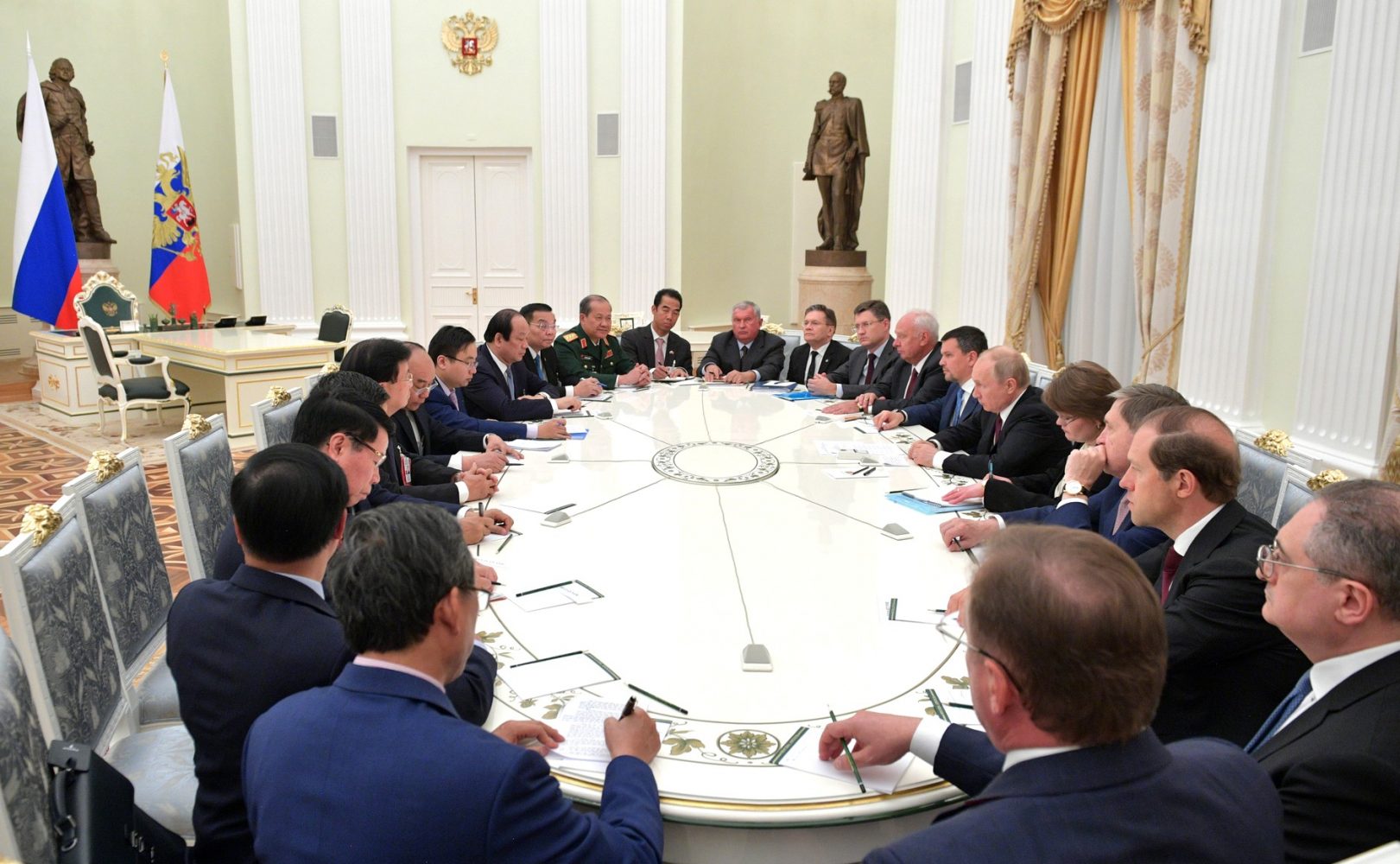
Vietnam to Build Nuclear Science and Technology Center
back to contentsAlexey Likhachev, Rosatom Director General, and Chu Ngoc Anh, Minister of Science and Technology of Vietnam signed the document on May 22, in presence of Russian Prime Minister Dmitry Medvedev and Vietnam’s Prime Minister Nguyen Xuan Phuc.
The cooperation agreement to build the NSTC was signed back in 2011. In 2017, the parties signed a memorandum of understanding on the plan to carry out the NSTC project. The memorandum signed in May is a logical continuation of the agreements reached earlier.
They provide for the construction of a nuclear center and installation of a water-cooled research reactor with a thermal power of up to 15 MW. The center will have research laboratories with all the necessary equipment and infrastructure. Russian nuclear companies have accumulated extensive experience in the construction of different types of research reactors, with over 70 research units built around the world.
Rosatom offers NSTCs as a comprehensive modular solution similar to nuclear power plants. Just like in a jigsaw puzzle, each customer chooses particular modules to build its own nuclear center to meet specific goals. Each NSTC module can itself be sold as an individual solution. Besides, Rosatom offers end-to-end project delivery services, including staff training, necessary nuclear infrastructure compliant with the IAEA requirements, public awareness programs, NSTC design and construction, nuclear fuel supply, as well as maintenance, retrofitting and decommissioning services.
What is an NSTC?
A nuclear science and technology center is an integrated facility. Its two central elements are a nuclear research reactor and laboratories. Other main components are a nuclear medicine center, infrastructural facilities, and administrative premises.
An NSTC may be used to fabricate isotopes for industrial and medical purposes, sterilize medical equipment, and conduct neutron capture therapy. In addition, a center may include a radiation biology laboratory to carry out agricultural trials and a laboratory for material studies to develop and test new and modified materials. For example, Zambia plans to use its yet to be constructed NSTC in medicine, agriculture and the mining industry. Another area of application is modification of existing materials, particularly thin film for solar panels. NSTC may also be used to train employees for the nuclear industry.
Not Vietnam alone
Several NSTC projects are at an advanced stage of construction. One of them is being built in El Alto (Bolivia). The very first talks on civil nuclear cooperation between Bolivia and Russian were held in 2015. As soon as spring 2016, the governments signed a bilateral agreement to build a nuclear research center in Bolivia. A year and a half later, the parties signed a general construction contract on the sidelines of the IAEA General Conference. Rosatom plans to deliver the project ahead of schedule. The first facility – a cyclotron for nuclear pharmacy purposes – will be commissioned by the end of 2019. The entire center will be completed in 2022.
The Bolivian project is unique for its location, which is the highest ever site (4,100 meters above the sea level) to accommodate a nuclear facility. The Bolivian center will have a water-cooled research reactor with a rated capacity of 200 kW, a multi-purpose gamma irradiation unit, a cyclotron for radiopharmacy purposes, an engineering department, and several research laboratories. Its designed lifecycle is 50 years, but it can be extended further. Apart from nuclear research, the center in Bolivia will promote the use of nuclear technology in agriculture, medicine and industry.




